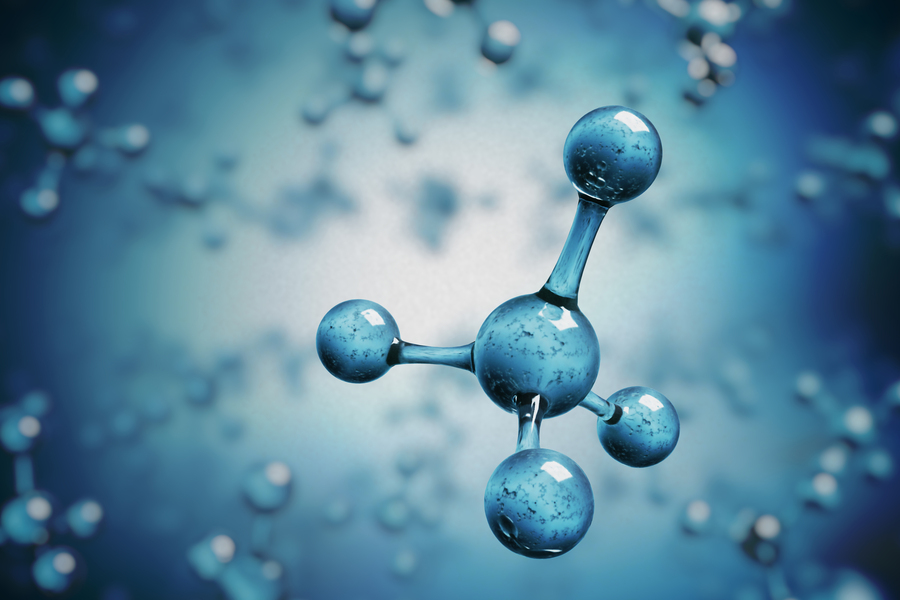Metal–Organic Frameworks (MOFs) for Gas Storage
Physics
Patented porous crystalline materials engineered for efficient gas capture and storage.
The patented porous crystalline materials are a class of advanced sorbents engineered for efficient gas capture and storage. These materials exhibit high surface areas, tunable pore sizes, and modifiable surface chemistries, making them ideal for selectively capturing and storing gases such as carbon dioxide, methane, and hydrogen.The materials' crystalline structure is composed of a network of pores and channels that provide a high degree of gas accessibility. The pore sizes can be tailored to optimize gas uptake and selectivity, allowing for the efficient capture of target gases while minimizing interference from other gases. The surface chemistry of the materials can also be modified to enhance gas sorption kinetics and capacity.The gas capture and storage process involves the reversible adsorption of gas molecules onto the material's surface. The materials' high surface areas and optimized pore sizes enable rapid and efficient gas uptake, while their modifiable surface chemistries allow for the tuning of gas sorption energies. This enables the materials to selectively capture and store gases, even in the presence of competing gas species.The patented porous crystalline materials have a range of potential applications, including carbon capture and storage, natural gas processing, and hydrogen storage. Their high efficiency, selectivity, and reversibility make them an attractive solution for industries seeking to reduce greenhouse gas emissions and improve energy efficiency. The materials' tunable properties and scalable synthesis also make them well-suited for integration into existing industrial processes and infrastructure.
Carbon capture and storage: The patented porous crystalline materials can be used to efficiently capture CO2 from power plant emissions and store it underground, reducing greenhouse gas emissions and mitigating climate change.
Natural gas processing: These materials can be engineered to selectively capture methane and other hydrocarbons from natural gas streams, improving the efficiency and purity of natural gas processing.
Hydrogen storage: The porous crystalline materials can be designed to store hydrogen gas at high densities, making them suitable for use in hydrogen fuel cell applications, such as powering vehicles and portable electronics.
Air purification: The materials can be used to capture and remove pollutants, such as volatile organic compounds (VOCs) and particulate matter, from air streams, improving indoor and outdoor air quality.
Industrial gas separation: The patented materials can be engineered to separate and purify industrial gases, such as oxygen, nitrogen, and argon, from air streams, reducing the energy and cost associated with traditional separation methods.
Methane capture from landfills: The porous crystalline materials can be used to capture methane emissions from landfills, reducing greenhouse gas emissions and providing a potential source of renewable energy.
Sequestration of radioactive gases: The materials can be designed to capture and store radioactive gases, such as krypton and xenon, from nuclear power plant emissions, reducing the environmental impact of nuclear energy production.
Biogas upgrading: The patented materials can be used to capture and purify biogas (e.g., methane and carbon dioxide) produced from anaerobic digestion, making it suitable for use as a renewable energy source.

World Economic Forum
Audio and visual technology
View Patent
